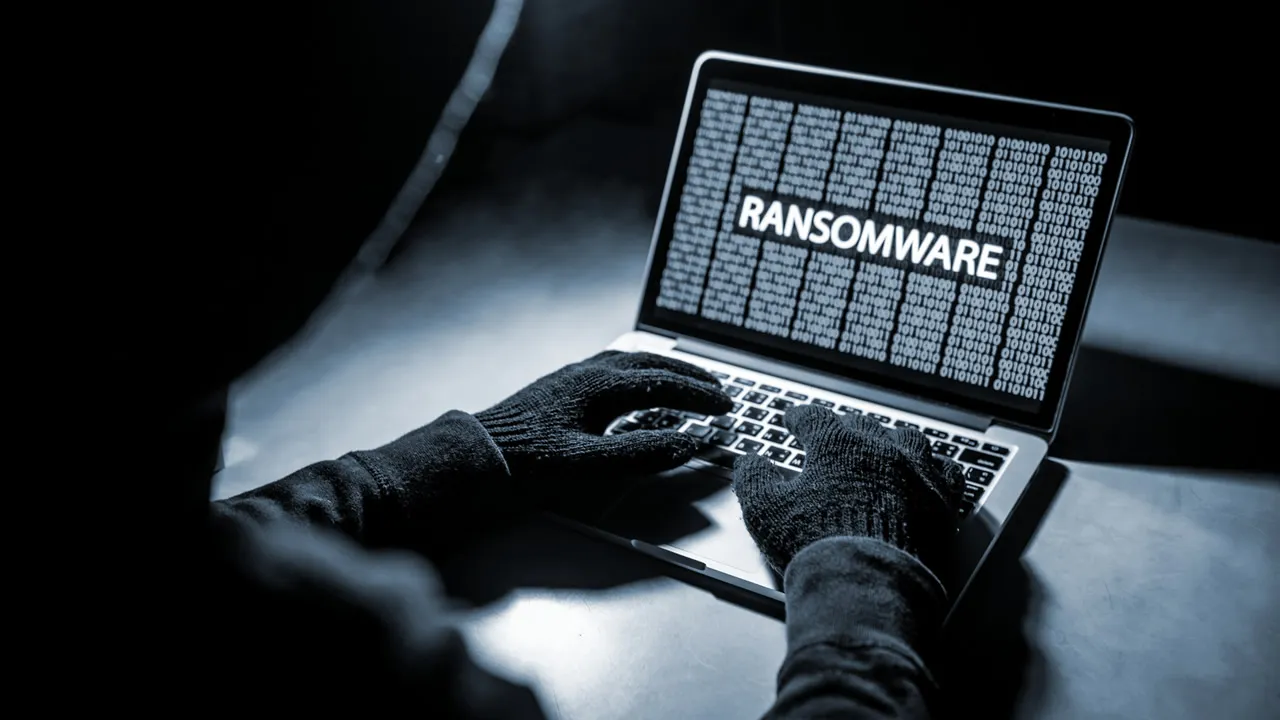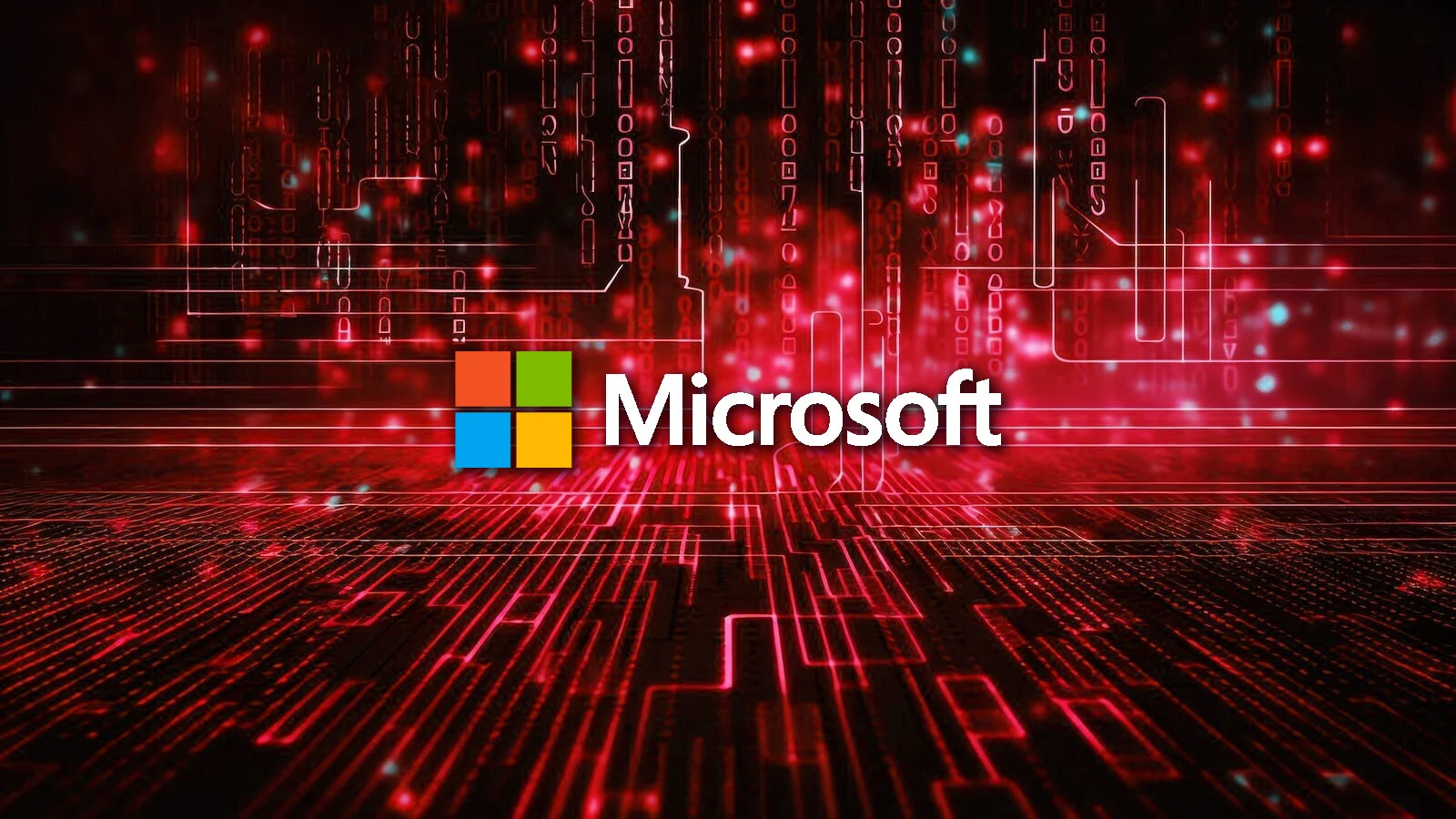Cybersecurity experts have raised concerns about Microsoft’s Trusted Signing platform being misused to grant malware certificates. These certificates allow malicious software to appear legitimate, enabling it to bypass endpoint protection and antivirus programs. Certificates play a crucial role in verifying software authenticity, ensuring integrity, and preventing tampering. Their misuse poses a significant risk to users and organizations relying on them for security.
Exploiting Code-Signing Certificates: How Cybercriminals Abuse Microsoft’s Trusted Signing Platform
Code-signing certificates are essential digital credentials used to verify that software has not been altered after its release. They rely on cryptographic keys to establish trust and security in digital communications. Microsoft’s Trusted Signing is designed to simplify the signing process for developers, allowing them to securely distribute their applications. However, the misuse of this system undermines its purpose, as threat actors exploit it to sign malware under the guise of legitimate software.

Reports from cybersecurity researchers indicate that cybercriminals are using Microsoft’s Trusted Signing to sign malware with short-lived, three-day code-signing certificates. These certificates, issued under “Microsoft ID Verified CS EOC CA 01,” allow malware to remain undetected until the certificate is revoked. Campaigns such as Crazy Evil Traffers’ crypto heist and Lumma Stealer have taken advantage of this loophole, posing a severe threat to users and organizations.
Stricter Certificate Policies and Continuous Monitoring to Prevent Cybercriminal Exploitation
To combat the abuse of Trusted Signing, Microsoft has implemented stricter requirements for issuing certificates. Companies must have been operational for at least three years to obtain a certificate. However, individuals can still sign up and get faster approval if the certificate is issued in their name, which presents a potential risk. Despite these measures, cybercriminals continue to find ways to exploit the system, prompting Microsoft to remain vigilant.
Microsoft has assured that it actively monitors its platform and revokes certificates that have been abused. When threats are detected, the company takes immediate action, such as revoking compromised certificates and suspending accounts associated with malicious activity. Additionally, Microsoft’s antimalware products detect and mitigate threats using these fraudulent certificates. While these efforts help curb abuse, ongoing vigilance, and stronger security measures are necessary to prevent future exploitation.




